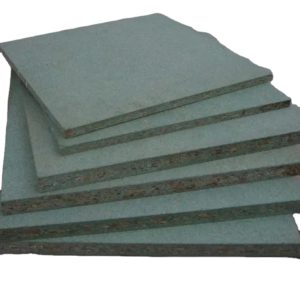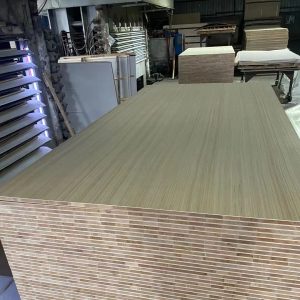The thickness of fibreboard plays an essential role in determining its strength, durability, and suitability for various applications. Fibreboards are available in different thicknesses, including 3/4, 3/8, and 3/16 inches. Each of these types has unique characteristics that make them suitable for specific purposes. Additionally, the use of asphalt impregnation further enhances the performance of the fibreboard, making it ideal for applications such as underlayment for roofs and flooring.
High-density fibreboard (HDF) is a type of fibreboard that has gained popularity due to its superior strength and durability. The 3/4-inch HDF is one of the thickest and strongest types of fibreboard on the market. This type of fibreboard is made from wood fibers that are pressed together under high pressure and temperature. The resulting product is incredibly dense and sturdy, making it an excellent choice for heavy-duty applications. For example, 3/4-inch HDF is commonly used for subflooring in residential and commercial buildings because it provides excellent support and stability for the floors above it.

On the other hand, 3/8-inch fibreboard is a thinner and less dense option compared to the 3/4-inch HDF. Despite being thinner, this type of fibreboard still offers good strength and durability, making it suitable for various applications. For instance, 3/8-inch fibreboard is commonly used for interior walls, ceilings, and partitions because it is lightweight, easy to install, and provides excellent soundproofing properties. Additionally, this type of fibreboard is often used as a base layer for vinyl or laminate flooring because it provides a smooth and stable surface for the flooring material to be installed.
The thinnest option among the three types of fibreboard is the 3/16-inch fibreboard. Although it may not be as strong or durable as the 3/4-inch HDF or even the 3/8-inch fibreboard, it still has its unique benefits. For example, 3/16-inch fibreboard is an excellent choice for decorative applications such as wall panels, acoustical treatments, and ceiling tiles. Its thin profile allows it to be easily shaped, cut, and finished to create unique designs and patterns that enhance the aesthetic appeal of a space.

Asphalt impregnated fibreboard (AIF) is another type of fibreboard that has been enhanced with asphalt impregnation. This process involves soaking the fibreboard in liquid asphalt, which permeates the board’s pores and fills them with the asphalt mixture. AIF is commonly used in roofing applications because it provides excellent waterproofing properties while also offering good strength and durability. The most common thickness for AIF is 3/4 inch, which provides enough strength and rigidity to support the weight of the roof and resist damage from wind and other weather elements.
In conclusion, the thickness of fibreboard plays a crucial role in determining its strength, durability, and suitability for various applications. The 3/4-inch HDF is the thickest and strongest type of fibreboard, making it ideal for heavy-duty applications such as subflooring. On the other hand, the 3/8-inch fibreboard is a thinner option that offers good strength and soundproofing properties, making it suitable for interior walls, ceilings, and partitions. The thinnest option, the 3/16-inch fibreboard, is an excellent choice for decorative applications such as wall panels, acoustical treatments, and ceiling tiles. Finally, the use of asphalt impregnation enhances the performance of the fibreboard, making it ideal for roofing applications. Overall, understanding the thickness of fibreboard is crucial in selecting the right one for your project.
















